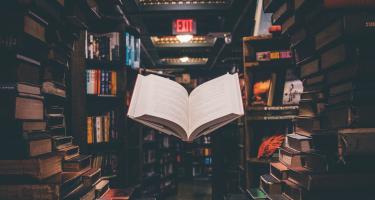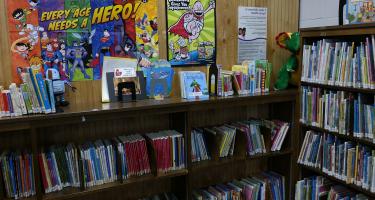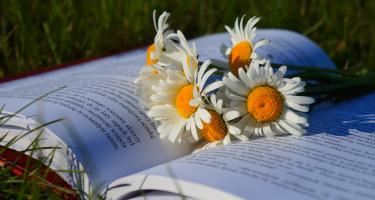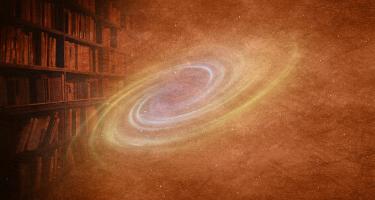
Florence Williams—Heartbreak: A Personal and Scientific Journey
When Florence Williams’ husband left her after 25 years of marriage, she felt bereft, lost 20 lbs., and had trouble sleeping. “People who have suffered lost love face an elevated risk of serious medical woes, including sudden heart attacks,” she reports. In Heartbreak: A Personal and Scientific Journey, Williams explores heartbreak’s impact on mind and body and tactics that helped her recover.








